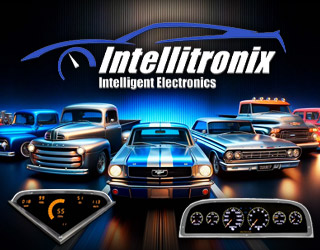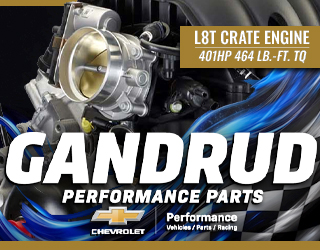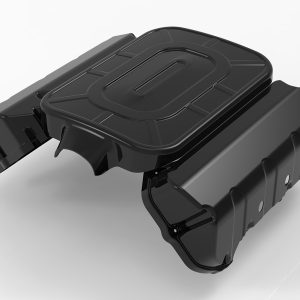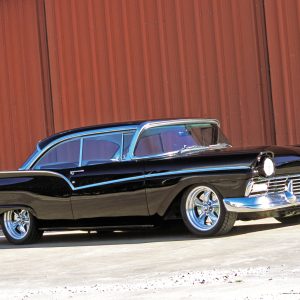Engine

What makes more power: carburetors or computers? While the ultimate answer is that a sophisticated electronic fuel-injection system will virtually always outpower a carburetor, the real question may be whether the power gains are worth the extra expense and complexity of installing an EFI system.
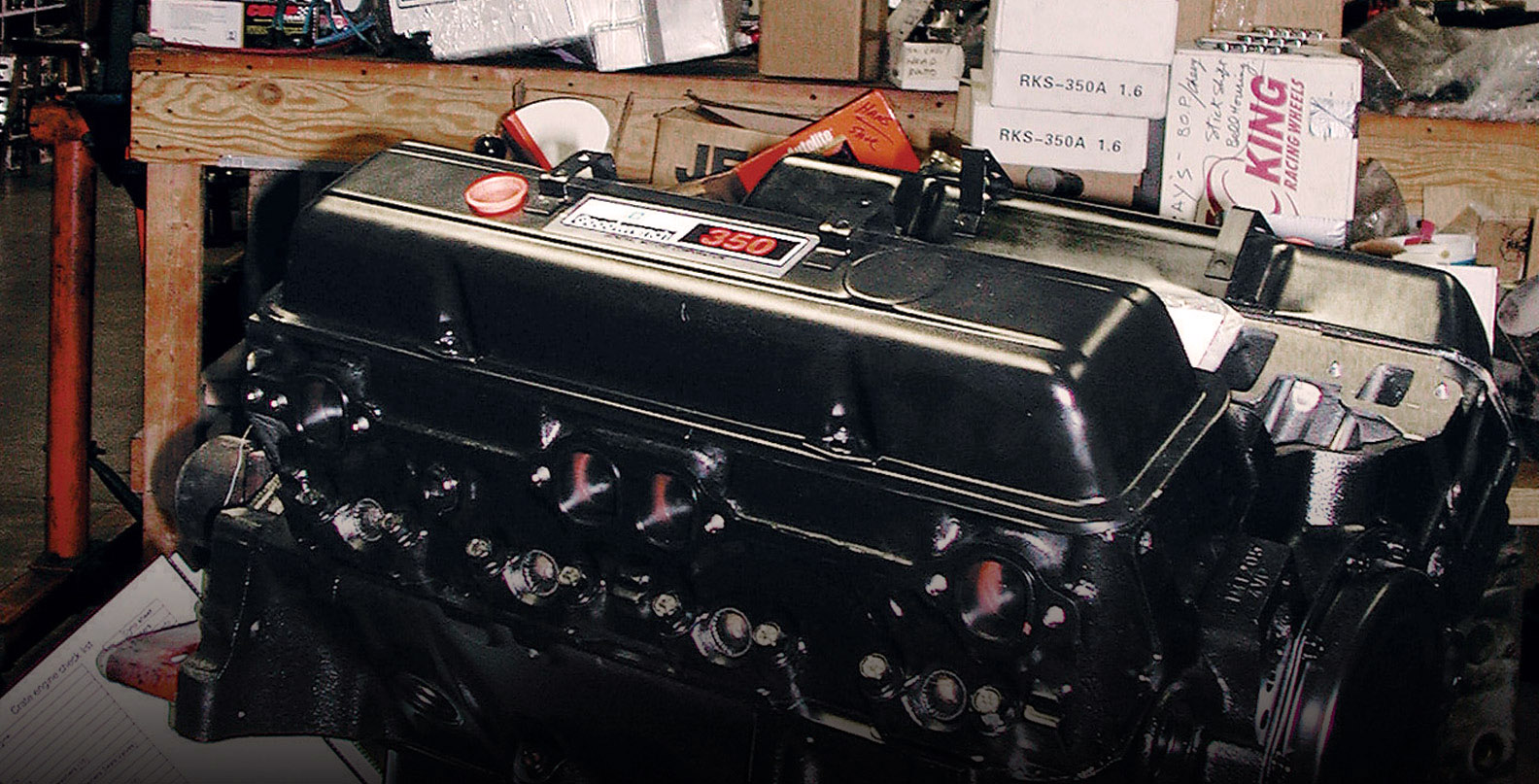
Some Years Ago, Chevrolet Began Lowering Engine Compression (To 8.50:1) In An Effort To Meet Tailpipe Emissions Numbers. It Also Retarded Camshaft Timing In An Effort To Lower NOX (Nitrides Of Oxygen/Unburned Particulates). By 1974, Horsepower, Torque And Overall Engine Efficiency Had Dropped Some 30 Percent To 50 Percent. Chevy’s RPO L48 And LM1 350 Small-Block V-8s Then Got A Flow-Restrictive Catalytic Converter In 1975, And Finally In 1985, A New Monolith Catalytic Converter, As Well As Direct-Port Fuel Injection And Improved Camshaft Timing, Boosted Horsepower, Torque And Engine Efficiency.
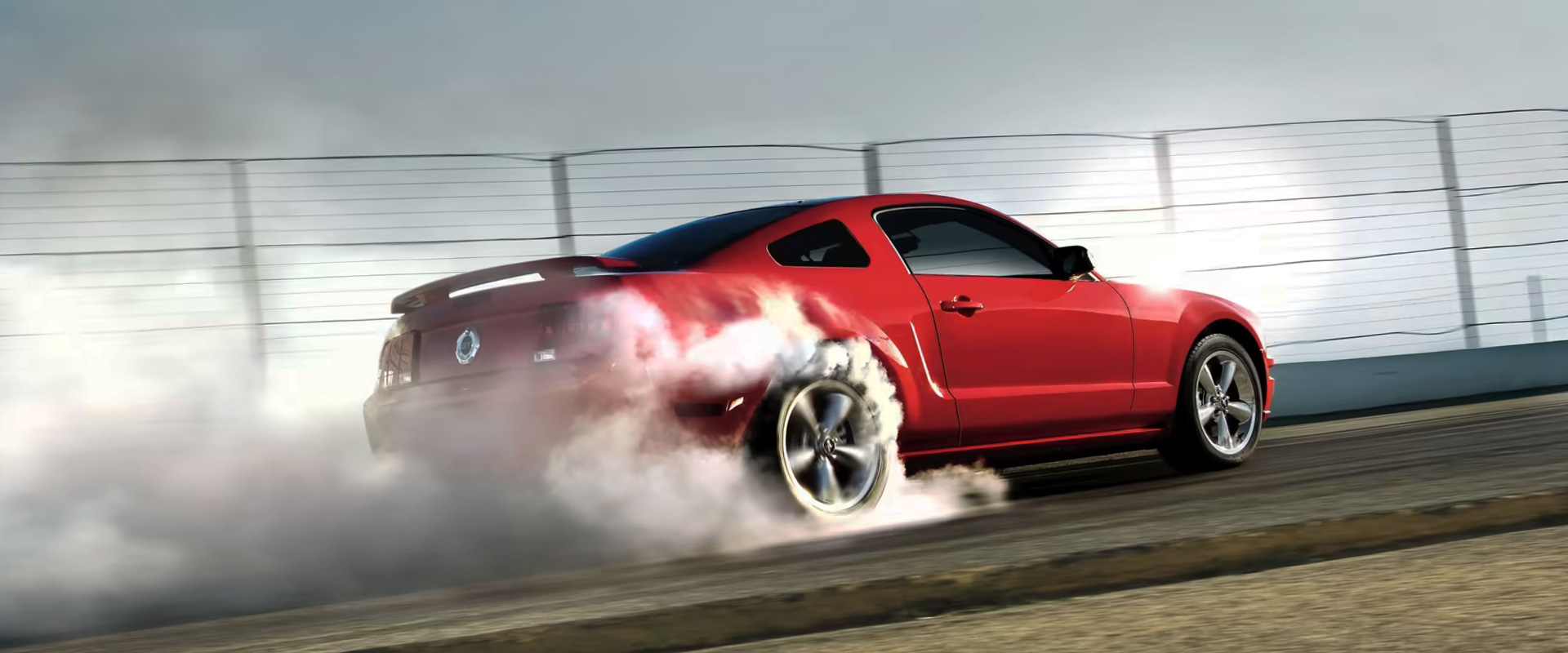
The jump in boost pressure upped the power output from 559 hp to a whopping 613 hp. The peak torque was up as well, from 513 lb-ft to 545 lb-ft.







